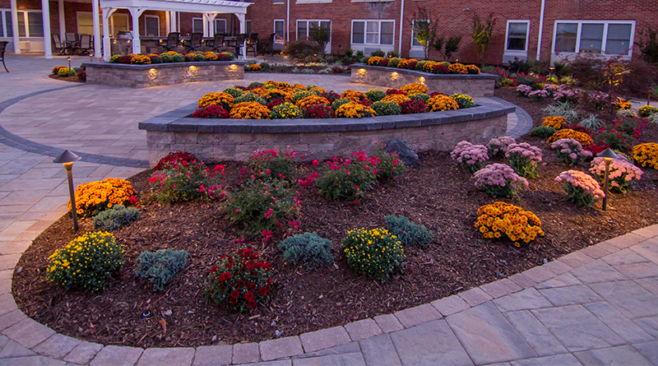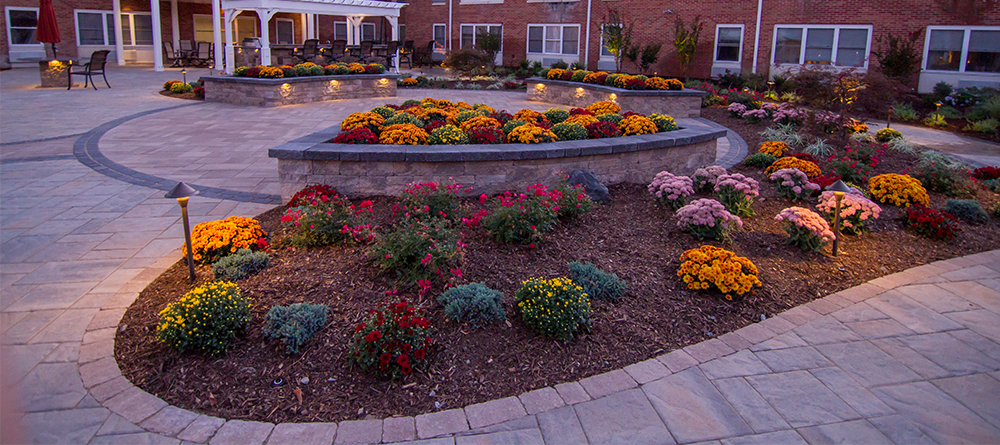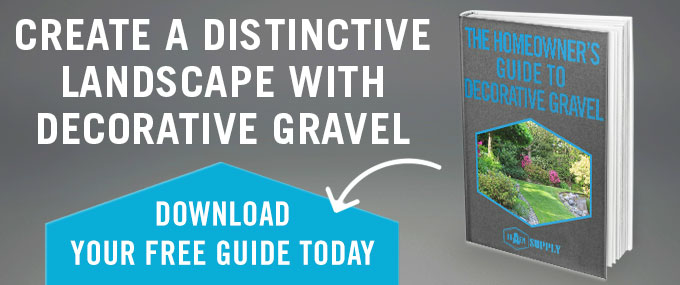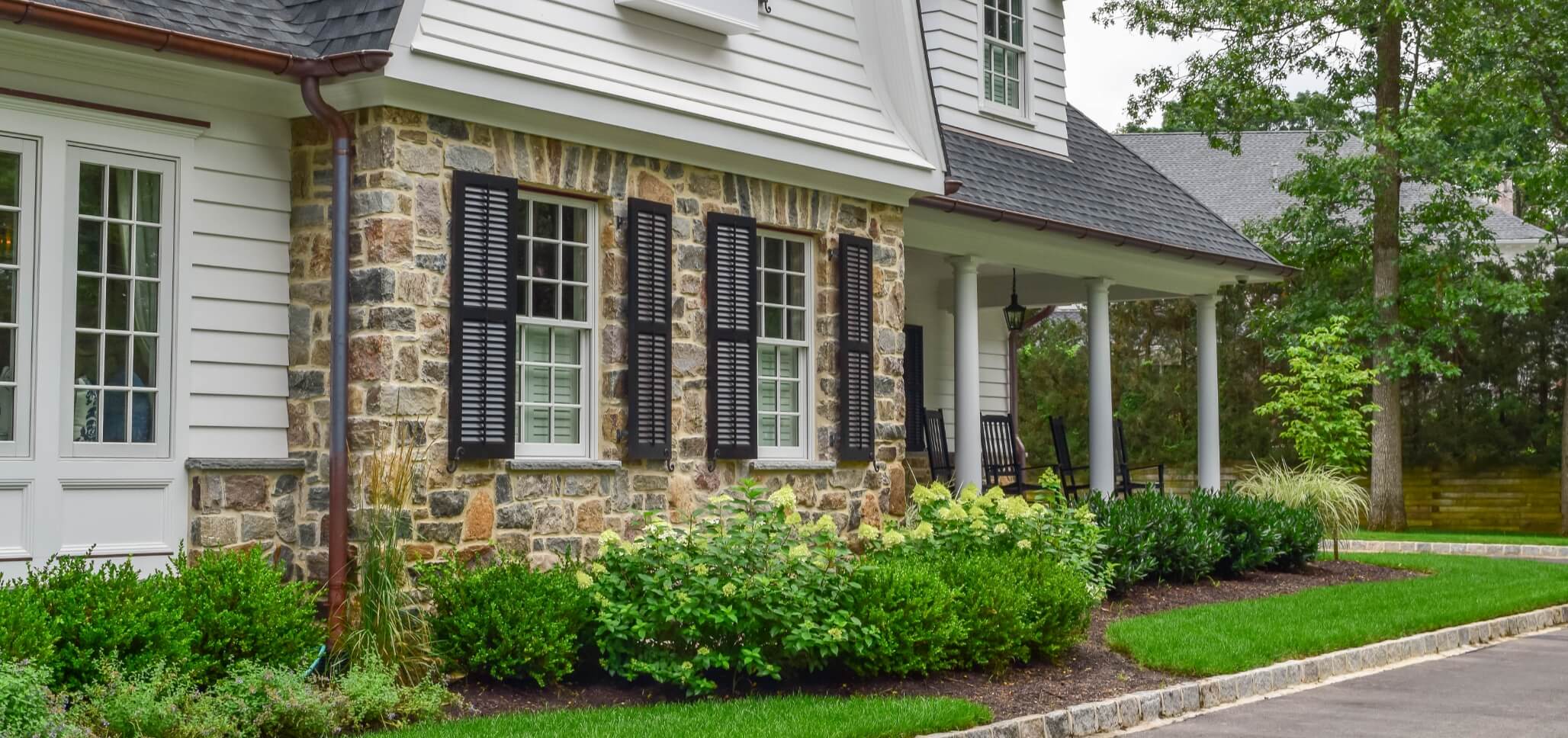If you’ve been looking for a way to spruce up your residential or commercial property, flowers will certainly hit the spot. No matter which types of flowers you choose to decorate the area, the colors, shapes, and aromas will stand out amongst the rest of the vegetation and improve your curb appeal. This is why so many homeowners and business owners install flower beds on their property, often as a compliment to the landscaping that already exists.
Two great options for filling in your flower beds include cedar mulch and decorative gravel. While the basic functionality of each choice remains the same, there are a few differences between them that are important to point out. Today, we’re going to take a look at a few of the benefits and types of both cedar mulch and decorative gravel, and then you can decide which is more appealing for your specific needs and/or personal preference.
Benefits of Cedar Mulch
First, let’s take a look at the primary benefits of cedar mulch:
- Appearance — The light hues available with cedar mulch allow for a soft, neutral color palette that is easy to incorporate into any style of landscape.
- Pleasant Aroma — The pleasant, soothing aroma will encapsulate your home or business, providing you and your visitors with a warm, welcoming feeling.
- Temperature Control — The light hues that are available also helps maintain proper temperatures around your flowers by absorbing just the right amount of sunlight.
- Moisture Control — Cedar mulch will prevent moisture from evaporating due to the sun’s rays, helping to maintain adequate moisture and promote healthy growth.
- Valuable Nutrients — The decomposition that mulch goes through will enrich the soil with organic matter, adding valuable nutrients to your flowers.
Benefits of Decorative Gravel
Now, let’s take a look at the primary benefits of decorative gravel:
- Appearance — Decorative gravel comes in multiple shapes, sizes, and colors, giving you more than enough options to beautify the flower beds on your property to your liking.
- Better Drainage — Proper health of your flowers can occur more easily due to decorative gravel’s ability to drain properly following a rain, but not so much that they dry out.
- Temperature Control — With its ability to regulate soil temperatures, decorative gravel will ensure that the ground doesn’t overheat, which could cause the flowers to dry out.
- Long-Lasting — Unlike cedar mulch, decorative gravel doesn’t degrade or decay over time, which means that you won’t need to switch it out periodically.
- Pest Control — Decay attracts rodents and insects, but since decorative gravel doesn’t decay over time, you don’t have to worry about your flower bed becoming a beacon for pests.
Types of Cedar Mulch
The choice between the types of cedar mulch available on the market comes down to three different colors:
- Red Cedar Mulch — This is the flashiest of the cedar mulch that’s available, so if you’re looking for something that will stand out amongst colorful flowers, this could very well be the one for you.
- Brown Cedar Mulch — Due to its more “earthy” appearance, this specific cedar mulch is often popular amongst those who want their flower bed to look as natural as possible.
- Black Cedar Mulch — Since almost everything looks great in black, this color can help your flower bed stand out thanks to a stark contrast between the mulch and your brightly colored flowers.
Types of Decorative Gravel
Decorative gravel is available in a few different types, with these being the most common:
- Pea Gravel — This is, hands down, the most popular choice of decorative gravel due to its small, round shape, texturing, smooth appearance, and multiple colors.
- Mexican Beach Pebbles — These stones hail from the Mexican coast, have been exposed to years of crashing waves, come in a variety of sizes, and turn deep black/onyx when exposed to water.
- Yellow Gravel — Also known as “Jersey Shore” gravel, these yellow, tan, and golden stones have become commonplace throughout the state of New Jersey.
- White Marble Chips — These small stones are known not only for the gray streaks found against their typically white primary color, but the fact that the surface almost looks like it’s covered by glitter.
- River Rock — Often seen as a cross between Mexican beach pebbles and pea gravel, river rock offers the smoothness of the former and the color variety of the latter.
Best Way to Choose Between Them
To be honest, choosing between cedar mulch and decorative gravel for your flower beds will often come down to personal preference. Perhaps you believe that mulch has an aesthetic that is more to your liking, or maybe you prefer decorative gravel because it will last much longer. Regardless of which one you choose, the effect that a flower bed will have on your residential or commercial property will be stupendous and really add to your curb appeal. And guess what? There’s really no wrong choice! But, if you’re having difficulty making a decision and want some friendly, knowledgeable advice, we would suggest asking your friends, neighbors, co-workers, or even a professional in the industry.
Buying Mulch and Decorative Gravel in New Jersey
Whether you choose to use mulch or decorative gravel in your flower beds, you’ll need to seek out a reputable supplier. Braen Supply has been serving New Jersey and surrounding states for many years, and has become the #1 supplier of landscaping stones, gravel, and other materials thanks to our high-level of quality and excellence that we bring to everything we do. Our experts can help you make decisions about upcoming projects, give you advice on how to improve an existing landscaping effort, or simply answer any questions you have about a certain material that you’ve been considering for your residential or commercial property. Braen Supply can deliver materials in bulk to many areas throughout parts of NJ, NY, and PA, or you can stop by our physical location in New Jersey.



